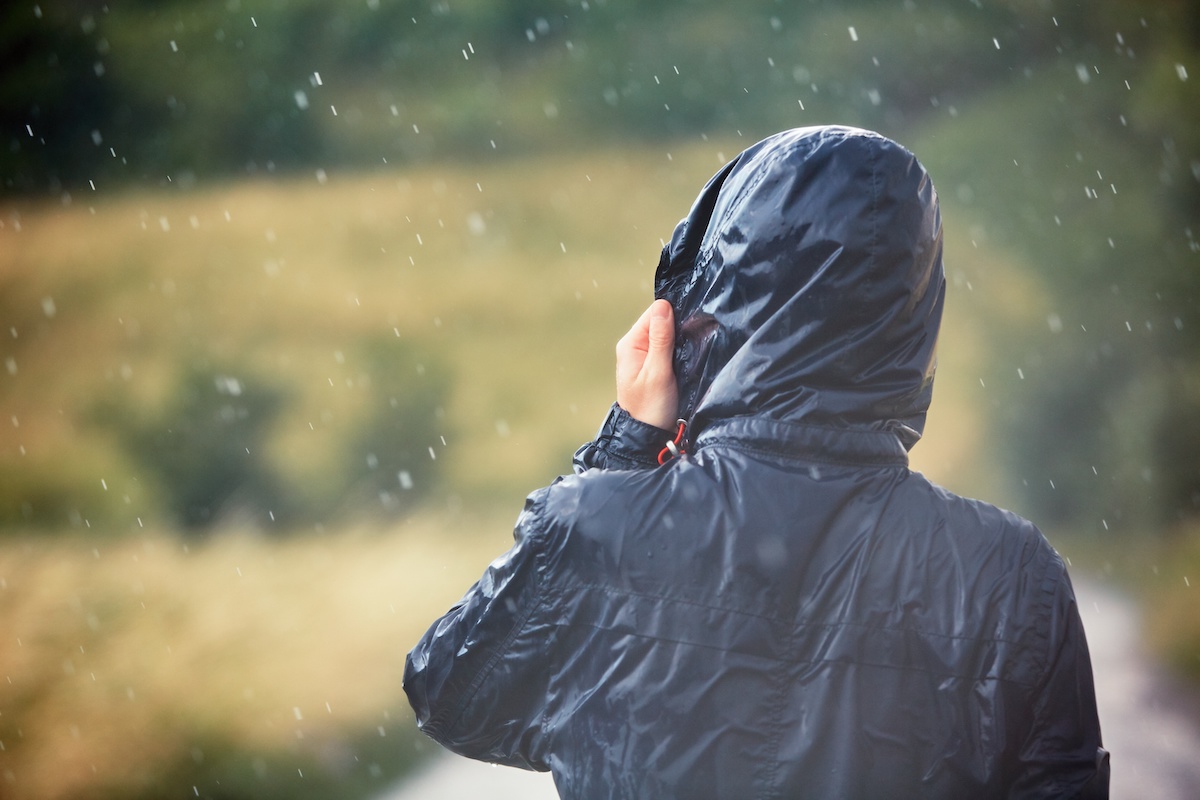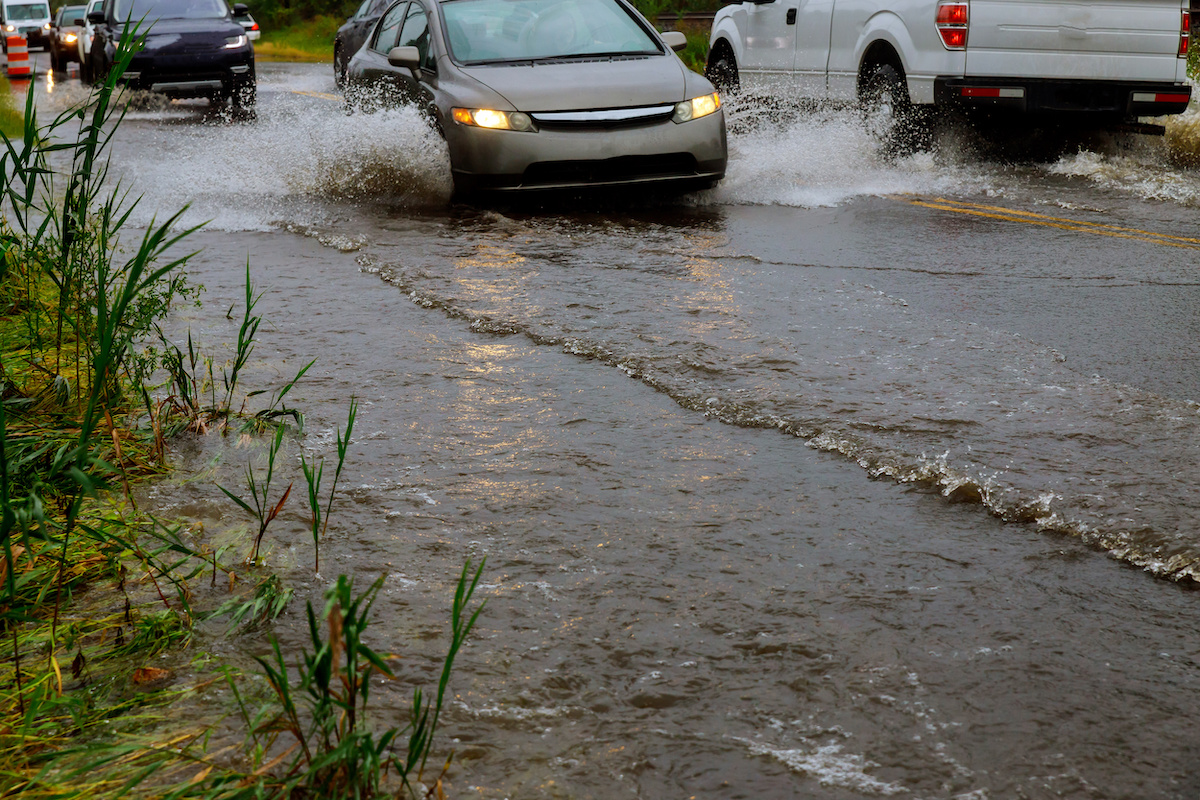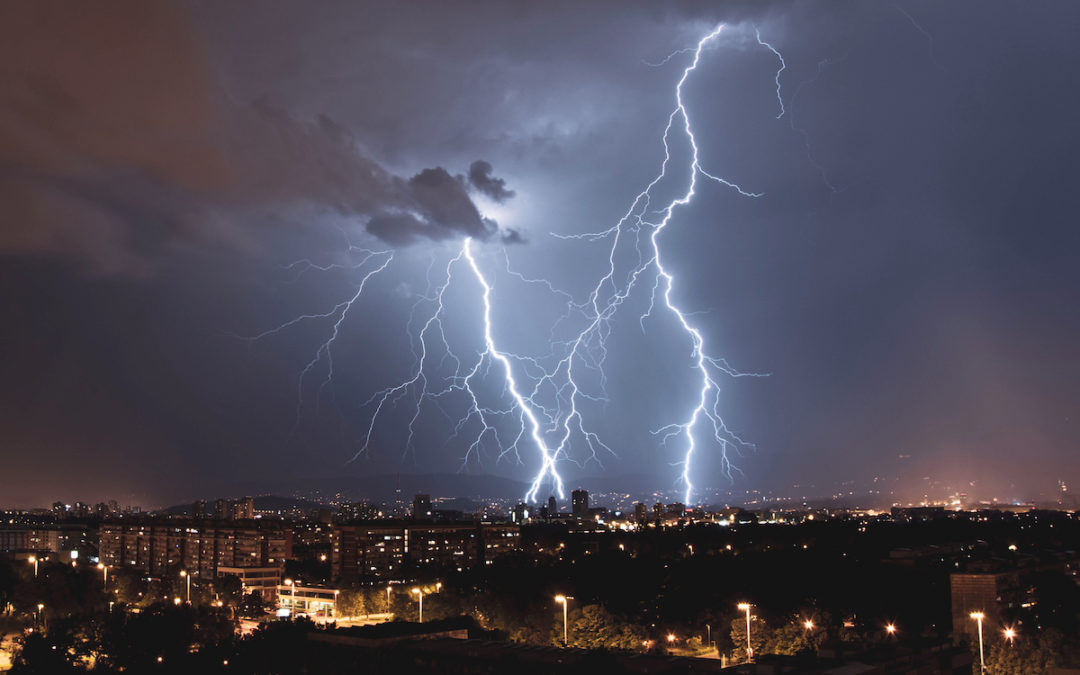Thunderstorms can unleash a flurry of dangerous activity, such as lightning strikes, flash floods, tornados, wind gusts, and hail. In 2020, 17 people were reported killed by lightning in the United States, and 53 sustained injuries. Flash flooding is the deadliest thunderstorm-associated hazard, with more than 140 victims annually.
Thunderstorms can often be frightening, and they can occur at any time of the day or night. To protect yourself during a thunderstorm, here are some safety tips to keep in mind.
If You Are Outdoors
- At the sight of lightning, start counting to 30. If you hear thunder before you reach 30, go indoors immediately. Known as the 30-30 rule, this can help you measure your time to seek indoor shelter in the event of severe weather.
- If the weather forecast calls for thunderstorms, postpone your trip or activity. After the thunderstorm has passed, suspend activities for at least 30 minutes after the last clap of thunder to ensure maximum safety.

When thunder is approaching, go indoors.
- Stay out of the water, off the beach, and get out of small boats or canoes.
- Avoid all metal objects, such as clotheslines and fences. Remove any items on your person, such as a backpack, that may likely have metal pieces.
- If your location is prone to flash flooding, move to higher ground quickly.
- Stay about 15 feet away from other people if you are in a group.
Seek Shelter
The most important thing to do is to get inside a secure building. Do not take shelter in small sheds, under isolated trees, in picnic areas, or in convertible automobiles.
If a sturdy shelter is not available, here’s what you can do:
- Get inside a hard-top car and shut the windows. Do not touch any surface of the vehicle that conducts electricity. Do not attempt to drive to safety, as most flash flooding deaths occur in automobiles.
- In a forest, take shelter under small trees surrounded by taller trees or find a dry, low area like a depression or ravine. Avoid lone trees and other tall structures.
- In an open area, find a low spot away from trees, fences, and poles. Become the smallest target possible: crouch down on your heels, head between the knees and ears covered. Minimize your contact with the ground and do not lie down flat.
If You Are Indoors
- Stay away from windows and doors, and stay off porches. Stay in a building’s inner rooms, and keep drapes and blinds closed.

Stay away from windows and doors during a thunderstorm.
- Avoid using corded phones, unless it’s an absolute emergency. Cordless or mobile phones are safe to use.
- Do not use electronic devices or appliances. Unplug them in case of a power surge.
- Avoid contact with water. Do not take a shower, wash your hands, wash dishes, or do laundry. Don’t get in a bathtub filled with water.
- Do not lie on concrete floors or lean against concrete walls, as the wire mesh in them can conduct electricity.
- Ensure that pets are safely inside before the storm arrives.
After a Thunderstorm
Once the storm has passed, there are things you can do to stay safe.
- Stay inside for at least 30 minutes after hearing the final clap of thunder, in order to ensure the storm has completely passed.
- If you must head outside, check for downed power lines and report them immediately. Be careful when walking around, as there may be hidden dangers, such as scattered tree debris or broken glass.
- Do not drive through flooded roadways. Don’t assume the water’s depth. Six inches of fast-moving water can harm someone.

If you must drive after a storm, pay attention to alerts and warnings.
Your safety is a top priority when a thunderstorm occurs. Be sure to monitor and protect those around you, too. Children are especially vulnerable during thunderstorms, so ensure they’re comfortable in the event of danger.
If you experience flood, water, or mold damage to your home as a result of a thunderstorm, visit our website or call (800) 200-9111 to get connected with your local Purofirst office today. Our experts are available 24/7 to assist you.


Recent Comments